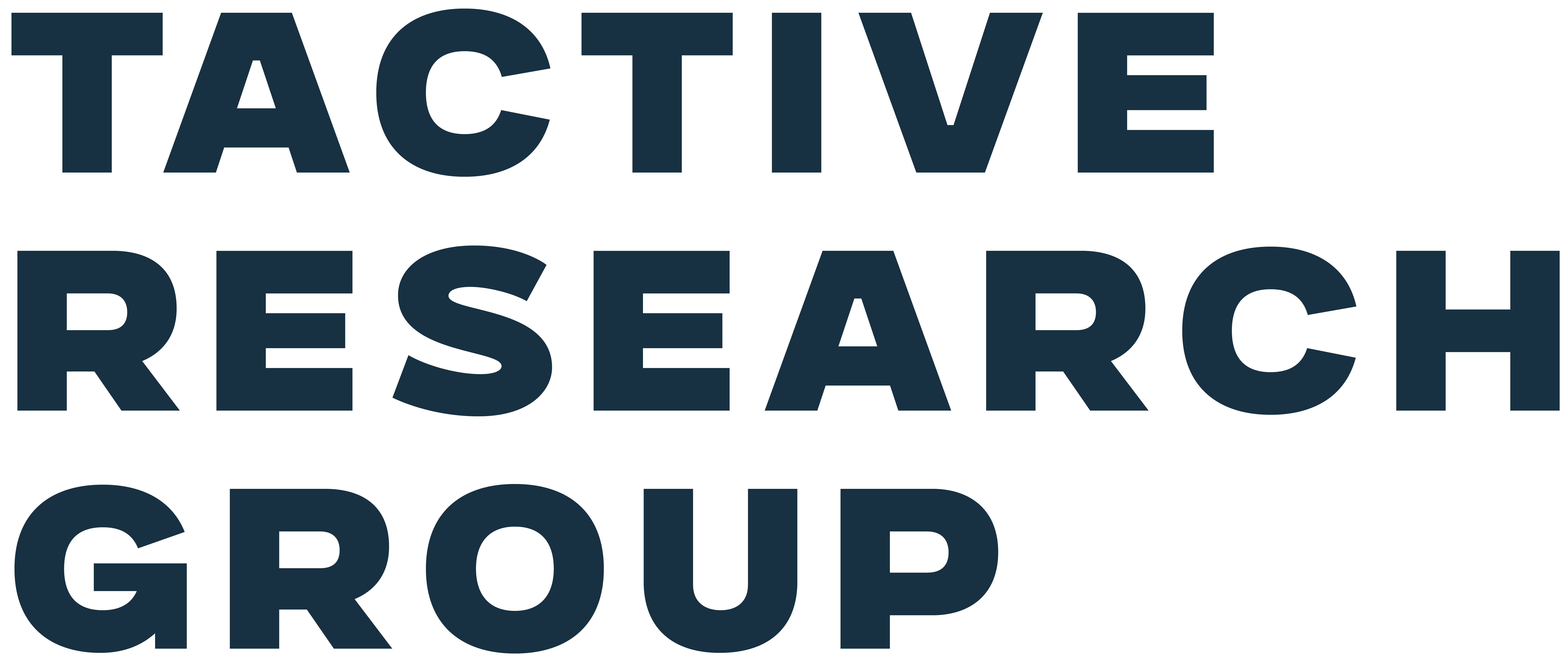Implementing and maintaining fraud detection using traditional machine learning techniques like logistic regression, decision trees, and random forests can be challenging for SMEs in finance and banking with limited resources. These methods demand extensive feature engineering, deep domain knowledge, and advanced technical expertise, making them difficult to deploy effectively. SMEs can achieve similar levels of protection by leveraging large language models (LLMs). LLMs can analyze vast amounts of data in real time, efficiently identifying suspicious transaction patterns and detecting fraudulent activities without traditional methods' heavy resource demands. As the banking and financial industries undergo digital transformation, smaller businesses should understand how LLMs can help them avoid fraud threats with minimal resource investment. CIOs within SMEs should explore using LLMs in their fraud detection systems to enhance security and reduce operational complexity.
Real-World Applications of LLMs in Fraud Detection
Several fintech companies are already exploring …

